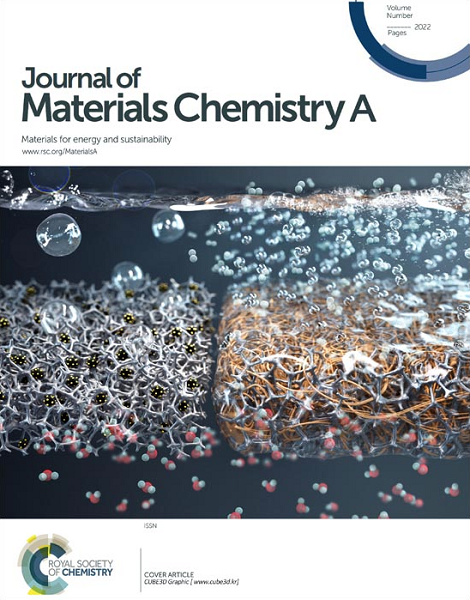降解富镍阴极的直接回收:再生和升级利用的最新进展
IF 9.5
2区 材料科学
Q1 CHEMISTRY, PHYSICAL
引用次数: 0
摘要
可持续的报废管理对于广泛使用的锂离子电池(lib)至关重要,特别是那些使用高能量和昂贵的富镍层状氧化物(NRLOs)的锂离子电池。与其他正极活性材料不同,NRLOs面临着更高的生产成本,并且表现出更复杂、更严重的降解——包括相演变、化学计量失衡、表面污染和形态损伤——这就需要开发高效、高价值的回收技术。直接回收,包括直接再生和直接升级回收,为解决这些复杂的结构和化学变化提供了有前途的闭环解决方案。再生可以恢复原始性能,而升级回收可以通过成分调整、形态控制、掺杂和表面工程等方法增强性能。本综述通过将降解分析与回收策略联系起来,独特地介绍了NRLO直接回收的最新进展。尽管取得了重大进展,但在杂质管理、工艺复杂性、可扩展性和经济性方面的实际挑战仍然存在。讨论强调了未来发展高效和可持续的NRLO直接回收技术的前景。本文章由计算机程序翻译,如有差异,请以英文原文为准。
Direct Recycling of Degraded Ni-Rich Cathodes: Recent Advances in Regeneration and Upcycling
Sustainable end-of-life management is crucial for widely used lithium-ion batteries (LIBs), particularly those employing high-energy and expensive nickel-rich layered oxides (NRLOs). Unlike other cathode active materials, NRLOs face higher production costs and exhibit more complex, severe degradation—including phase evolution, stoichiometric imbalance, surface contamination, and morphological damage—necessitating the development of efficient and high-value recycling technologies. Direct recycling including direct regeneration and direct upcycling offers promising closed-loop solutions specifically tailored to address these intricate structural and chemical changes. Regeneration restores original performance, while upcycling enhances properties through methods like compositional tuning, morphological control, doping, and surface engineering. This review uniquely contextualizes recent advances in the direct recycling of NRLO by linking degradation analysis with recovery strategies. Despite significant progress, practical challenges in impurity management, process complexity, scalability, and economics remain. The discussion highlights future perspectives for developing efficient and sustainable NRLO direct recycling technologies.
求助全文
通过发布文献求助,成功后即可免费获取论文全文。
去求助
来源期刊

Journal of Materials Chemistry A
CHEMISTRY, PHYSICAL-ENERGY & FUELS
CiteScore
19.50
自引率
5.00%
发文量
1892
审稿时长
1.5 months
期刊介绍:
The Journal of Materials Chemistry A, B & C covers a wide range of high-quality studies in the field of materials chemistry, with each section focusing on specific applications of the materials studied. Journal of Materials Chemistry A emphasizes applications in energy and sustainability, including topics such as artificial photosynthesis, batteries, and fuel cells. Journal of Materials Chemistry B focuses on applications in biology and medicine, while Journal of Materials Chemistry C covers applications in optical, magnetic, and electronic devices. Example topic areas within the scope of Journal of Materials Chemistry A include catalysis, green/sustainable materials, sensors, and water treatment, among others.
 求助内容:
求助内容: 应助结果提醒方式:
应助结果提醒方式:


